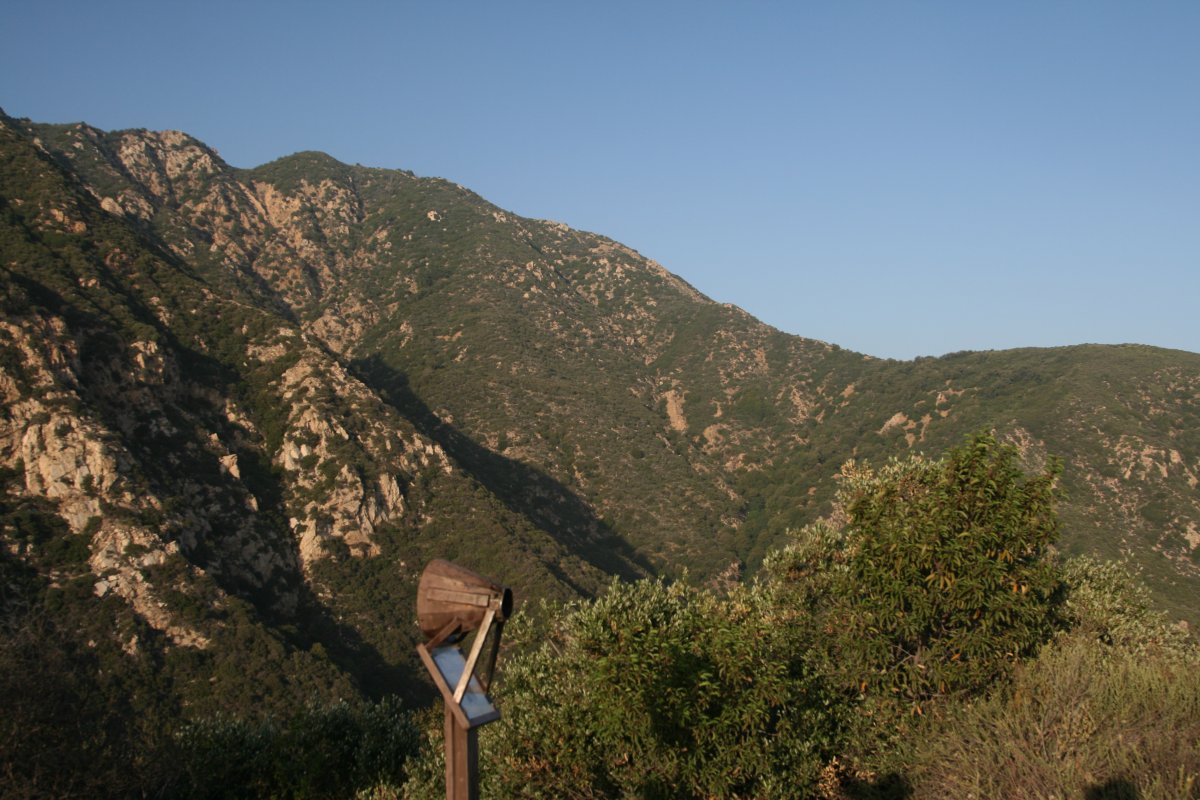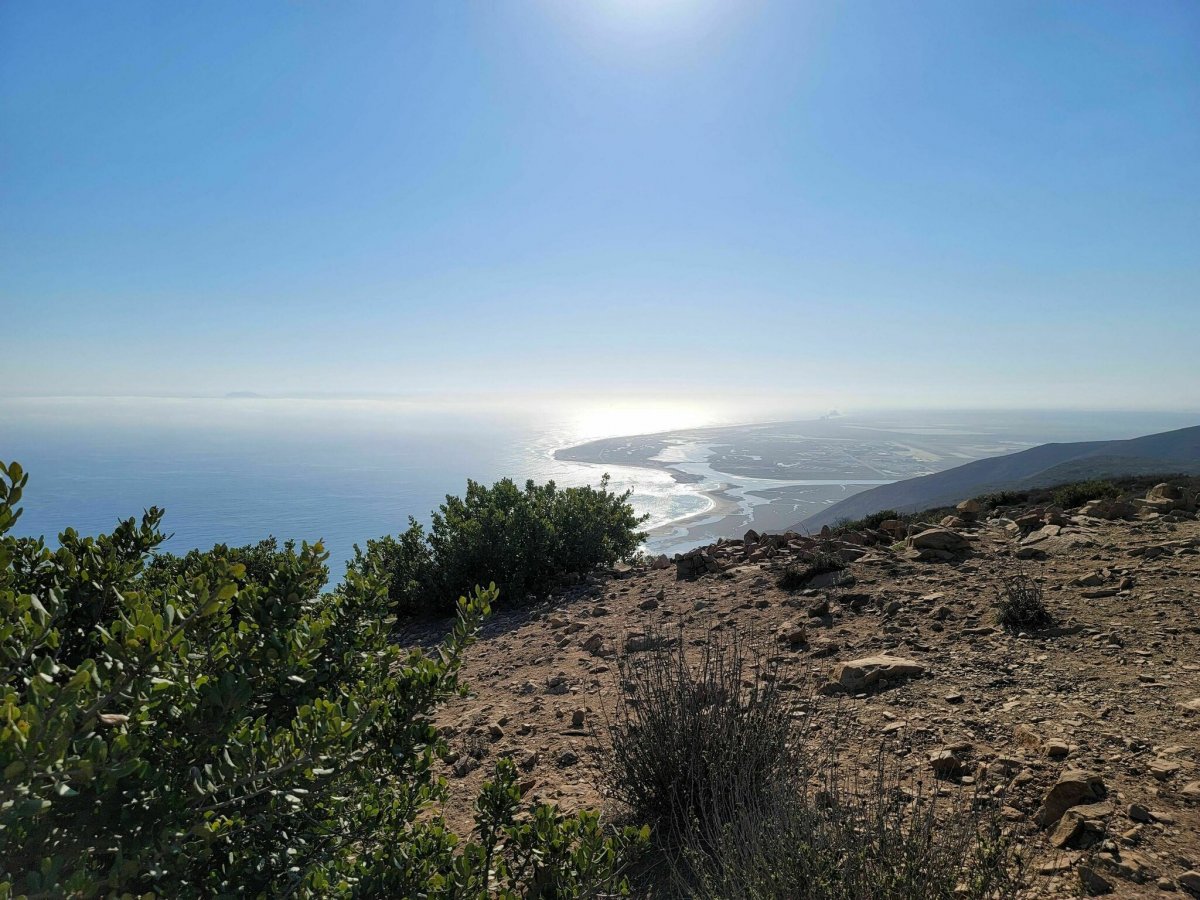July 1, 2021
The Lower Peaks Committee and LPC list have been around for some time, since the 1990s. It was the effort of several Hundred Peaks hikers some of who lived in Orange County. They liked to hike the peaks in the Santa Ana Mountains most of which were not on the Hundred Peaks list (which listed peaks 5,000’ or higher). So, they got together and began to compile a list of peaks under 5,000’.
Today that list has 86 peaks from San Diego in the south to the Los Padres National Forest in the north. To be current with our list, 7 peaks are suspended because they are in the closure area of the Bobcat fire and 2 other peaks have access issues. We encourage anyone interested in hiking the Lower Peaks to contact the appropriate National Forest office to see if there may be an access issue. Links to these national forest offices can be found on the LPC web page.
The Lower Peaks committee, made up of Angeles Chapter Sierra Club members, selects peaks less than 5,000’ to be included on the list for a variety of reasons. The trails and use trails are listed as class 2…meaning mostly open trails no ropes required. We also take into account the historic significance of the peak or area, geographic importance, and the natural environment.

The Echo Phone Gnaphron (CC BY-SA 2.0)
Some of these peaks are famous like Echo Mountain and Mount Muir in the San Gabriel foothills. Others like those in the Santa Ana Mountains are a longer hike to lesser-traveled peaks. There are a series of peaks in the Santa Monica Mountains which make a great loop hike of geologic and historic interest.

Mugu Peak Trail by Rodrigo Miranda via AllTrails
Going north there are peaks in the hills along the beach such as Mugu Point and further afield Gaviota Peak and Valencia Peal in Montana de Oro State Park. We list local peaks in Chino Hills State Park and list peaks in various desert locals. And we finish with a peak on Catalina Island and one on Santa Cruz Island.
For variety, for a challenge, or just a walk in the woods, the Lower Peaks Committee list of peaks under 5,000 is a great way to explore and enjoy the mountains around us and to encourage protection and preservation of Lower Elevation Ranges in Southern California.
